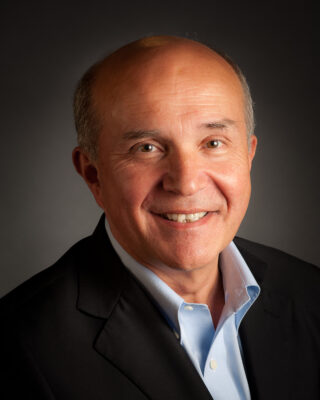The hydrated hydronium ions in in aqueous phase, on solid surfaces, and nano-sized pores provide a unique environment that modifies the excess chemical potentials, influencing the ground and transition state of reacting molecules. Depending on the environment this may lead to marked changes in catalyzed pathways for acid-base and metal catalyzed reactions. The application of an external electric potential adds further to the possibility of influencing the reaction pathway. The lecture will focus on hydronium ion catalyzed elimination reactions and the steric and electronic factors that change the catalyzed reactions. The second example will explore the role of water ions for hydrogenation of aldehydes and aromatic rings as examples. Using isotope labelling, we will show that at low hydronium ion concentrations the reaction proceeds via addition of hydrogen atoms, while at high concentrations proton coupled electron transfer dominates. Comparing water with various organic solvents shows that not the stabilization of the reacting substrate, but the binding of hydrogen on the metal surface determines catalytic rates. Combining the kinetic insight with analysis of the catalyst by physicochemical methods (X-ray absorption spectroscopy, calorimetry) under reaction conditions we show the potential of maximizing rates and selectivities.
Prof. Dr. Johannes A. Lercher, (Institute for Integrated Catalysis, Pacific Northwest National Laboratory, Richland, WA, Department of Chemistry Technische Universität München, Garching, Germany)
Biography

Johannes Lercher was born in Vienna, Austria in 1954. He is Professor of Chemistry and member of the Catalysis Research Institute at the Technische Universität München as well as Director of the Institute for Integrated Catalysis at the Pacific Northwest National Laboratory, Richland, USA. Johannes Lercher is Editor-in-Chief of the Journal of Catalysis, the premier journal in the field of catalysis, and is member of the Editorial board of several catalysis journals. He has served as President of the International Zeolite Association (2001 – 2004) and as President of the European Federation of Catalysis Societies (2013 – 2017).
In 2008, he was elected to the Austrian Academy of Sciences, 2010 to the Academia Europaea, 2015 to the European Academy of Sciences, 2017 to US National Academy of Engineering, and 2019 to the US National Academy of Inventors. His contributions to research have been recognized by several awards including, the ENI Award for Hydrocarbon research (2016), the inaugural David Trimm and Noel Cant Lectureship of the Australian Catalysis Society (2016), the R.B. Anderson Award of the Canadian Catalysis Society (2015), the Francois Gault Lectureship Award of the European Federation of Catalysis Societies (2013) and the Kozo Tanabe Prize for Acid Base Catalysis (2013), and the Robert Burwell Lectureship in Catalysis of the North American Catalysis Society (2011). He is Honorary Professor at the China University of Petroleum, the Qingdao Institute of Bioenergy and Bioprocess Technology of the Chinese Academy of Sciences and the Dalian Institute of Chemical Physics. Recent named lectures include the Dr. Paul Ratnasamy Endowment Lecture, the Eastman Lecture at the UC Berkeley, the Hougen Lecture at the University of Wisconsin Madison, the Dodge Lecture at Yale University, the Xinda Lecture at Peking University, the Hess Lecture at the University of Virginia, and the Val Haensel Inaugural Lecture at UOP.
Prof. Lercher’s research addresses fundamental aspects of catalysts and catalyzed reactions that enable catalysis to lower the carbon footprint via radically new approaches to synthesize energy carriers and chemical intermediates. The research is focused to enable catalyzed conversions at significantly lower reaction temperatures and with higher selectivity than possible today. Two aspects of enzyme sites, i.e., the tight fit of the space around the active site and the chemical functionality of this space, are used as guideline to synthesize novel catalysts. The in-depth characterization of the nature and structure of such catalytically active sites, of their chemical functionality and of the space around it, as well as of the molecules populating this space is the key to the successful realization of this strategy. The pores of catalysts and the molecules surrounding their active centers stabilize ground and excited states of reactants, intermediates, and products. Johannes Lercher studies the dynamic evolution of these catalysts throughout their lifespan and spectroscopically monitors changes during catalyst synthesis, sorption and reactions, exploring possible operation conditions and their limitations. This work combines advanced physicochemical methods to characterize reactions on surfaces including IR, Raman, and solid state NMR spectroscopy with X-ray absorption spectroscopy to characterize the structure and electronic state of these materials during sorption and catalysis.




